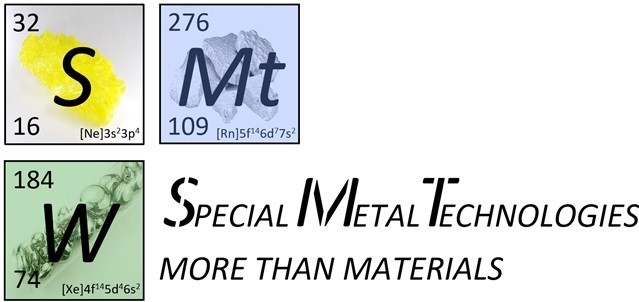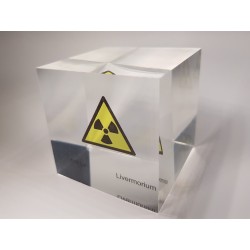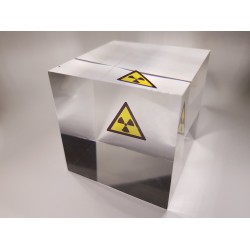Livermorium
Livermorium, with the chemical symbol Lv and atomic number 116, is an artificially produced chemical element that was first synthesized in 2000 at the GSI Helmholtz Centre for Heavy Ion Research in Darmstadt, Germany. The discovery is credited to the research of Yuri Oganessian, Ken Moody, and their teams. Livermorium was created through the fusion of curium-248 with calcium-48 nuclei.
The name "Livermorium" honors the Lawrence Livermore National Laboratory in California, USA, which has made significant contributions to nuclear physics and the discovery of new elements. The naming acknowledges the research facility as a pioneer in the field of nuclear physics. The discovery of Livermorium was a crucial step in the synthesis and exploration of the heaviest elements in the periodic table. Livermorium is extremely rare on Earth and does not occur naturally. It is artificially produced in particle accelerators and has limited applications, mainly in scientific research to study the properties of transuranic elements.
The key Livermorium isotopes are Livermorium-293 and Livermorium-294. Livermorium-293 has a half-life of about 53 milliseconds, while Livermorium-294 is approximately 41 milliseconds.


